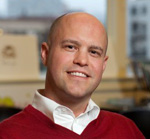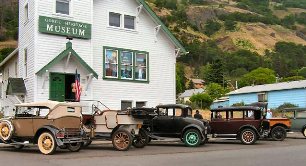
Ms. Erin Marie McDonald
Reflections on the National Arts Marketing Project Conference 2013
Posted by Dec 11, 2013

Ms. Erin Marie McDonald
Over the past few weeks, I’ve reflected on the 2013 National Arts Marketing Project Conference in Portland, Oregon. This was my first year attending NAMPC and I left with more than I imagined. Although the conference was filled with brilliant colleagues and inspiring sessions, my biggest take-away and learning experience came from an unscheduled, happenstance moment in the Speakers Prep room with an Americans for the Arts staff member.
First, let me provide a little context: I work at an art organization that was founded five years ago. As the newest addition to the now five-person team, I’m holding down the first communications/community engagement position in our small, yet dedicated office.
At the conference, I was scheduled to assist Danielle Williams, the website and new media manager at American for the Arts, with an interview for its blog. Unfortunately, the interview subject did not show up. However, this turned out to be an ideal opportunity for me to see ideas from many of the workshops put into direct action. Following the canceled video interview, Danielle had another appointment planned; it was a website user experience test for the new American for the Arts site.
Read More
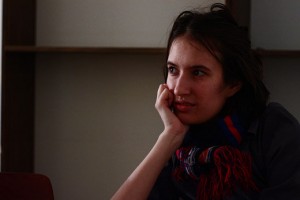


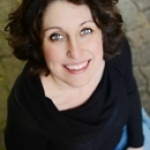

















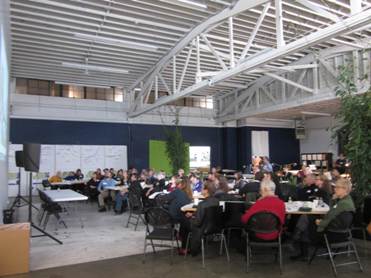 Attendees listen to one of the excellent speakers during our NowPAC meeting in early November 2012.
Attendees listen to one of the excellent speakers during our NowPAC meeting in early November 2012.

 Eloise Damrosch
Eloise Damrosch

 Danielle Walter
Danielle Walter

 Laura Bruney
Laura Bruney



 Kevin Clark
Kevin Clark


